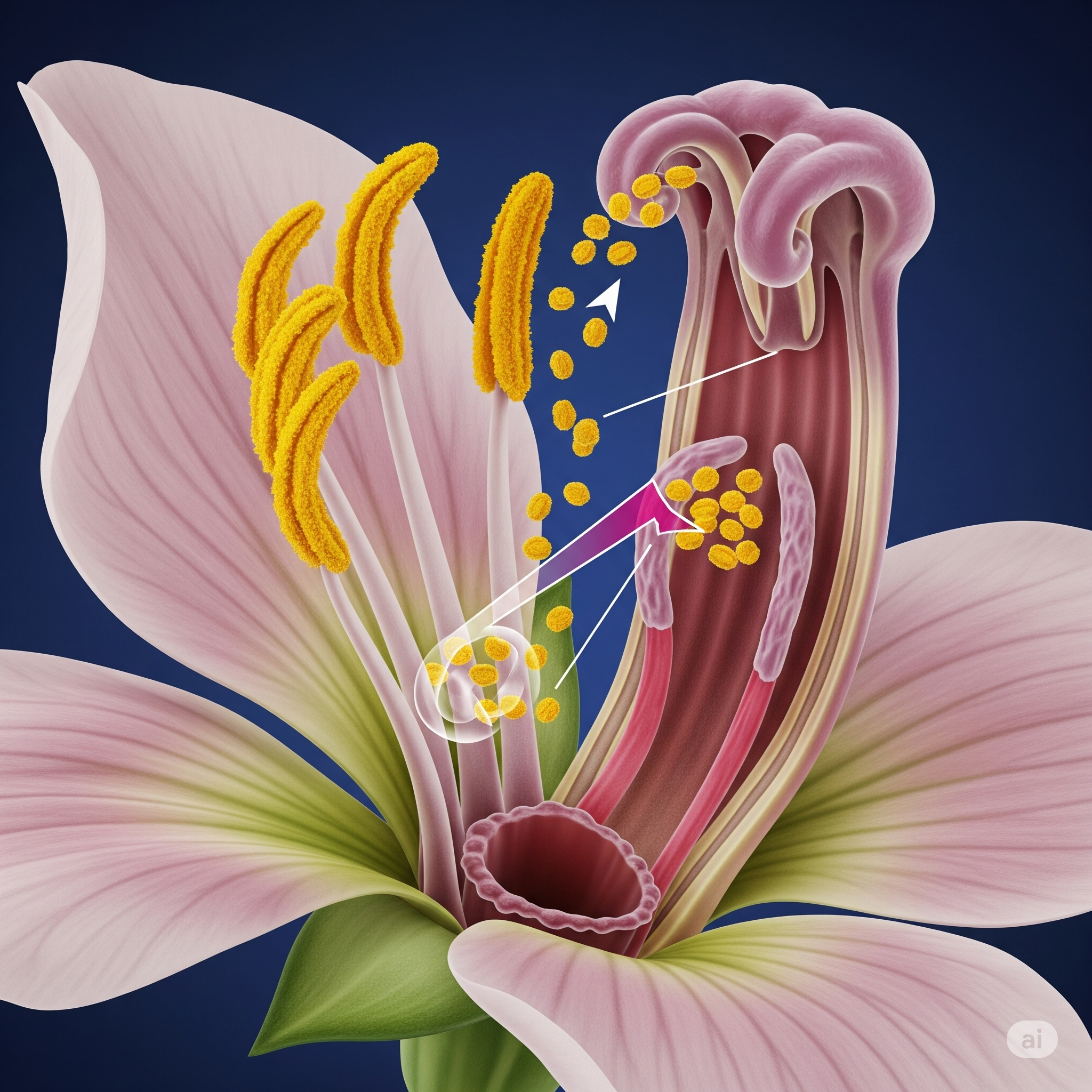Cosmos flower (Cosmos spp.) is a group of taxa that are widely cultivated especially in warm and temperate climates and stand out among ornamental plants due to their flowering potential, environmental tolerance and aesthetic value. This genus of plants belongs to the Asteraceae family and stands out with its morphological diversity, biological adaptability and environmental services. With a natural distribution in Mexico and Central America, cosmos flowers are now cultivated as ornamental plants on many continents and are also used in agroecological systems to support pollinating insects. Cosmos species have genetically and taxonomically important features, and in this context, they are among the important components of botanical research and landscape planning.
Taxonomic Position and Morphological Characteristics
Systematic Classification
The genus Cosmos is classified under the Asteraceae family and is home to about 20 species. Among these species, Cosmos bipinnatus and Cosmos sulphureus stand out in terms of cultural prevalence and biological characteristics. The compound flower structure, which is one of the typical characters of the Asteraceae family, is also clearly observed in Cosmos species. The flower structure of cosmos species consists mainly of colored ligulate flowers surrounded by radial symmetry and central disc flowers. This structure provides advantages in terms of both pollination efficiency and landscape aesthetics.
Morphological Differences
Cosmos bipinnatus usually has white, pink and purple flowers and the plant height can vary between 0.5 and 2 meters on average. The leaves are oppositely arranged, deeply dissected and finely structured. In contrast, Cosmos sulphureus shows more yellow and orange flowers and the leaf structure is not bipinnate but rather pinnatifid or lobed. Both species prefer sunny locations and show moderate drought tolerance.
Flower Structure and Reproductive Biology
Cosmos species have hermaphrodite flowers and both entomophilous and anemophilous pollination strategies are observed. Pollen production in flowers is high and nectar secretion attracts pollinators such as bees and butterflies. Thanks to these features, they are considered as pollination promoters within the scope of ecosystem services. At the same time, these species, which have high hybridization potential, enable the development of new varieties in ornamental plant breeding.

Cosmos Flower Structure (Produced with Artificial Intelligence)
Growing Conditions and Agricultural Importance
Ecological Requirements
Cosmos flowers grow optimally in well-drained soils in full sunlight. These plants, which have low soil selectivity, can be grown even in environments with low organic matter content. In terms of pH range, ideal growth conditions are provided between 6.0 and 7.5, but plant development slows down when these values are exceeded. Irrigation requirement is low and flowering time may be shortened in prolonged droughts.
Cultivation Techniques
Cosmos species are usually propagated by seed. Seed sowing can be done directly in the field or in seedling production areas. Seeds usually germinate within 5-7 days under mild climatic conditions. Sowing depth is recommended at 1-1.5 cm and intermittent irrigation is practiced. Cosmos species do not require high levels of nutrients in terms of fertilization; excessive nitrogen fertilization can stimulate leaf development instead of flowering.

Cosmos Flower Development Process (Produced with Artificial Intelligence)
Agricultural and Economic Value
Cosmos flowers have an important market share as cut flowers. Due to its long flowering period and visual appeal, it is widely used as indoor and outdoor ornamental plants. Its use as bee pasture is also increasing. Especially Cosmos sulphureus species contributes indirectly to honey production due to its high pollen production. In this context, it is considered as a multi-purpose plant with both aesthetic and economic aspects.
Ecological and Cultural Importance
Ecosystem Services
One of the most remarkable ecological roles of cosmos flowers is habitat support for pollinating insects. The density of entomophilous species increases pollination services and supports biodiversity in agroecosystems. In areas where cosmos flowers are present, there is a significant increase in the populations of bees, flies, butterflies and some wasp species. This increases the strategic importance of cosmos plants in sustainable agricultural practices.

Cosmos Flower (Produced with Artificial Intelligence)
Phytochemical Potential and Medicinal Use
Some studies on Cosmos species show that these plants are rich in flavonoids, phenolic compounds and essential oils. It has been reported in some pharmacological studies that Cosmos sulphureus species contains flavonoid derivatives and these compounds have antioxidant properties. However, studies on this subject are still limited and the medicinal potential of the plant needs to be further investigated.
Ethnobotanical Perspectives
In some Latin American cultures, cosmos flowers have been reported to be used in traditional herbal practices. In particular, there are folk beliefs that boiled leaves are good for the digestive system. However, the scientific basis for these practices is poorly supported and needs extensive validation in terms of modern pharmacology.


